Hatsune Mix Chapter 7 Translator’s Notes + Extras
이번 화는 정말이지 은근히 “엑스트라”가 많았던 것 같은 화였습니다.
번역을 하면서 도와주시는 네이티브 일본인이신 dtshyk님으로부터도 많이 듣고, 더 정확한 번역을 하기 위해 인터넷에서 검색하다보니 정말 재미있는 걸 많은 알게 된 것 같습니다.
그래서 준비했습니다!
압축파일에 이미 역주는 텍스트파일로 포함시켰지만, 찾게 된 재미있는 관련 그림들이나 그야말로 ‘엑스트라’ 정보들 (아님 그냥 기타 잡담;;)을 여기에 적어보고자 합니다. ㅎㅎ
삿포로시 이야기
이 만화의 배경이 되는 도시. 삿포로는 홋카이도의 도청 소재지이며 가장 큰 도시이죠.
6페이지에 지하철 안내방송을 하는 부분이 나와서 역 이름을 찾다가 알게 되었습니다만,
삿포로 시에는 3개 전철 노선이 있답니다.
각각 난보쿠센(南北線), 도자이센(東西線),
도호센(東豊線) 이죠
그리고 이 3개 라인은 모두 “오오도리(大通)”역에서 만납니다.
린이 안내방송에서 “도자이센과 도호센으로 갈아타실 분..”이라 했으니까 난보쿠센 열차에서 근무중이었던거겠죠? 🙂
오오도리공원(大通公園)은 홋카이도에서 가장 큰 공원이랍니다.
돈부리 이야기
이번화 커버에 제목이 일하기(働き) 믹스인데다가 미쿠가 음료수를 나르는 그림을 처음 보고는 당연히 무슨 음식점에 웨이트리스 알바 장면 나오겠구나.. 했는데 읽어보니까 전혀 없더군요. -_-;;
사실상 음식과 전혀 관련 없는 (살아있는) 네비게이션 일을 할 때, 들고 있는 관광 잡지에 돈부리에 대해 쓰여저있는데, 이걸 또 찾다보니 재미있는 걸 알아냈습니다.
돈부리(丼, 그냥 ‘돈’으로도 읽습니다)는 우리나라말로 하면 ‘덮밥’이죠. 그냥 한자로는 “사발” “그릇”이라는 뜻도 있는 듯 합니다.
책자 커버에 쓰여진 “우니돈ウニ丼”은 성게알
덮밥이고, 그림(?)과 함께 광고되던 “이쿠라돈イクラ丼”은 연어알 덮밥입니다. 여담으로, 이쿠라는 캐비어 (철갑상어 알)를 뜻하는 러시어아어의 “Икра”에서 따온
단어입니다. 그런데 왠지 좀 짜보이는 건 왜일까요 ~_~
이제 생각해보니 제가 일식집가면 먹기 좋아하는 “카츠돈カツ丼”도 Cutlet의 일본식 준말인 ‘카츠’와 덮밥 ‘돈’이 합쳐진 단어네요. ㅎㅎ
그 외에…
각각 단샤쿠감자(男爵いも)와 난파쿠대파(軟白長ネギ) 되겠습니다.
패러디들
전 해당 작품들을 전혀 본 적이 없기 때문에 처음엔 이게 패러디인지 뭔지 몰랐는데, 상당히 많은 지식을 갖고계신;; dtshyk님이 알려 주신 덕분에 알게 되었습니다. 🙂
지크미쿠. 주석에 써 놓은 그대로입니다. “Sieg”는 독일어로 승리라는 뜻이고
지크지온(Sieg Zion), 즉 “지온 만세”의 패러디라네요. 기동전사건담에서 나온다고 하네요. 전 건담을 본적은 한번도 없습니다만.. orz
무서운 아이. 만화 “유리가면”에서 나온 대사와 표정(…)의 패러디입니다. 밑의 그림 참조.
느호느호동화. 일본 비디오 공유 사이트 니코니코동화(ニコニコ動画)의 패러디이죠. 비디오 감상중 시보가 울려서 강제로 일시정지시키는게 불평인건 패러디나 실제나 똑같은 것 같네요. (웃음)
참고로 날아가는 댓글은 적절히 한글로 번역했으니 그리 아시길… 🙂
그 외에, 정확한 증거는 아무데도 없지만 유심히 엑스트라 등장인물들을 보면 보컬로이드 팬캐릭터인 아키타 네루와 요와네 하쿠를 발견할 수 있습니다. (적어도 비슷하게 생겼다고요.ㅋ) 그리고 생각해보니, 이젠 거의 고정출연 인물이 된 듯 하지만 한번도 MEIKO와 KAITO라고 이름이 나온 적이 없네요. 3화였나? 끝에 메..하고 부르려다가 만 적은 있었던것 같지만 ㅋ
아 그리고 하나 재미있는 정보: 이번화와 전 화들에도 매번 직업과 나이를 바꿔가며 (응?) 꽤나 자주 등장했던 WAT씨의 정체는?
하츠네 미쿠를 프로그래밍한 Crypton Future Media의 엔지니어 사사키 와타루(佐々木 渉)씨의 핸들 네임이랍니다.
자 이게 다입니다~
비록 일어 실력도 허접하고 일본에 한번도 가본적 없는 저입니다만, 이 글이 도움이 되고 재미있게 읽으셨기를 바랍니다 🙂
이미지 출처: Wikipedia, 구글 이미지 검색
This chapter was sure full of extras…wasn’t it? 🙂
While doing the scanlation work, I heard a lot of interesting stuff from dtshyk, who is a native Japanese, and also by searching the web for a more accurate translation.
And so here it is!
Though I already included a text file of translator’s notes in the zipped file, but I just wanted to share a little more in detail or with pictures. Eh, so basically what comes next is just a collection of random stuff referred in the chapter, related to Japanese culture and etc.
Sapporo?
It’s the city that serves as the setting for this manga. Sapporo is the capital city of Hokkaido, and of course, also the largest city.
If you remember, there was a scene where Rin does the announcing for the subway on page 6. And so I found out that, there are 3 subway lines in Sapporo, them being: Nanbokusen(南北線), Touzaisen(東西線), Touhousen(東豊線). The “線 Sen” kanji suffix here means “line.”
And all these three lines meet together at “Oodori(大通)” Station.
Since Rin was saying like “If you want to transfer to Touzaisen and Touhousen…” I guess she was riding on a Nanbokusen train? 🙂
Btw, Oodori Park(大通公園 ~ kouen) is the largest park in Hokkaido, I’m told.
Donburi?
When I first saw the cover for this chapter where Miku is carrying a cup of drink, and also the title being “Work(働き hataraki) Mix,” I thought there was gonna be at least one scene with Miku working as a waitress in some restaurant. But figures out, there isn’t any. 😛
To think of it, it really doesn’t have ANYTHING to do with the story and the car navigation work… but remember where Miku is holding a tourbook with donburi written on it?
Donburi(丼, also read as just ‘don’) is a bowl of rice topped with something.
The one written on the book cover is “Unidonウニ丼,” which is a sea urchin donburi, and the “Ikuradonイクラ丼” that was being advertised on
the side, is a salmon roe donburi. As a side note, ikura is a word borrowed from the russian word “Икра” meaning caviar.
Now that I look at it, my favorite “Katsudonカツ丼” was also a word combined from the japanese “Katsu” meaning ‘Cutlet’ and “don”.. 🙂
And what else…
Left is Danshaku Potato (男爵いも ~imo), right is Nanpaku Negi(軟白長ネギ).
Parodies
Though when I was translating, I didn’t know they were parodies because I had never seen the corresponding original works before, but thanks to dtshyk (again) who has pretty much knowledge on these stuff(?) I learnt that they were parodies. 😛
Sieg Miku. Just as I’ve written on the TL note. “Sieg” means “victory” in German; and it’s a parody on “Sieg Zion.” from Mobile Suit Gundam. Though I’ve never watched any series of Gundam…orz
Scary Kid. (おそろしい子 Osoroshii ko) parody of the scene and the phrase from manga “Glass no Kamen (Glass Mask).” Look at the picture below.. (though it’s a scan from a korean release)
Nuho Nuho Douga. Parody of Japanese video sharing site Nico Nico Douga(ニコニコ動画). Looks like people being annoyed by the interrupting Jihou is the same in the real world as well as in the manga. XD
BTW, the flying comments were translated appropriately into english web-slang… so yeah. 🙂
Eh, and what else, though there isn’t any clear evidence anywhere, but if you look close, you might discover the Vocaloid fan-made characters Akita Neru and Yowane Haku. (Well at least they kinda look alike.:P) Now that I think of it, MEIKO and KAITO appeared for some time already from the previous chapters, but their names were never mentioned. If I remeber correctly.. was it chapter 3? There was a scene where Meiko was about to be called “Me..” but was interrupted. 😛
Ah and one more interesting fact: Who is WAT? the mysterious character who appeared in previous episodes as an extra, changing his age and occupation every time…
As I learned, WAT is the pseudonym for Sasaki Wataru(佐々木 渉) from Crypton Future Media who originally programmed the Hatsune Miku software.
And so that’s all folks!
Though my Japanese skill is still n00b, and though I’ve never been to Japan (though me desperately wants to go T_T) I hope you enjoyed reading this post and may it have helped you understand the manga a little more 🙂
Image sources: Wikipedia, Google Image Search
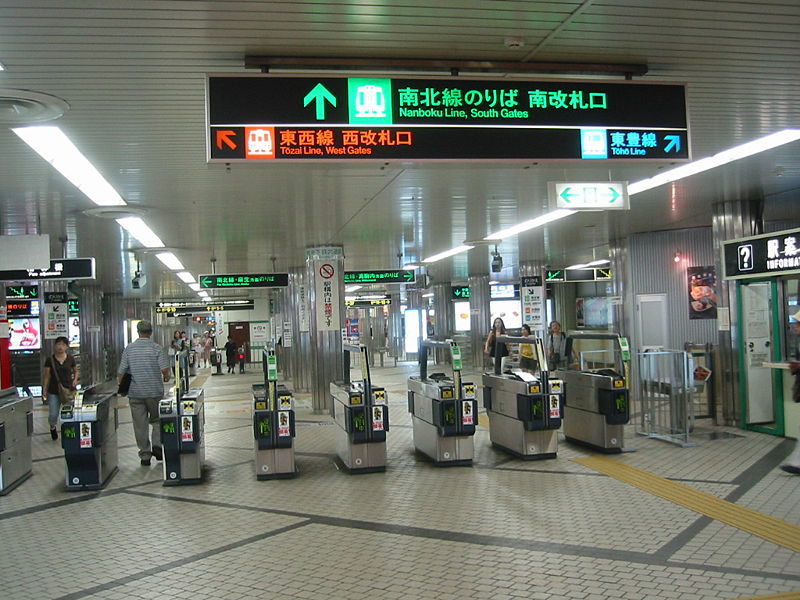
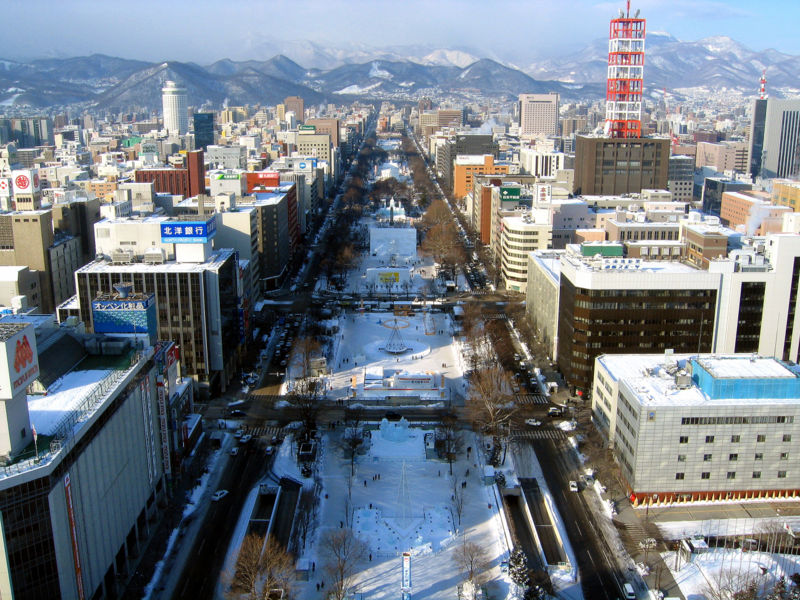
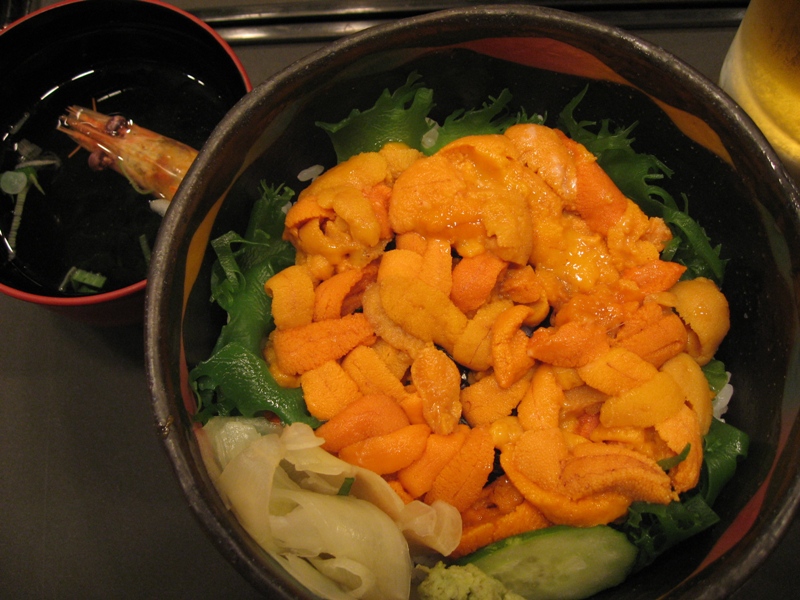
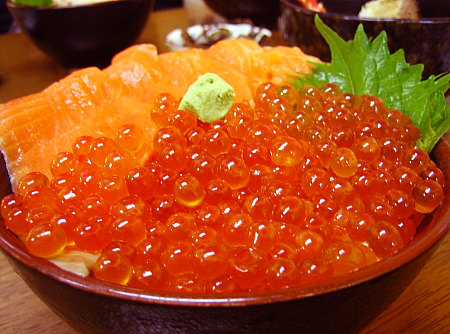
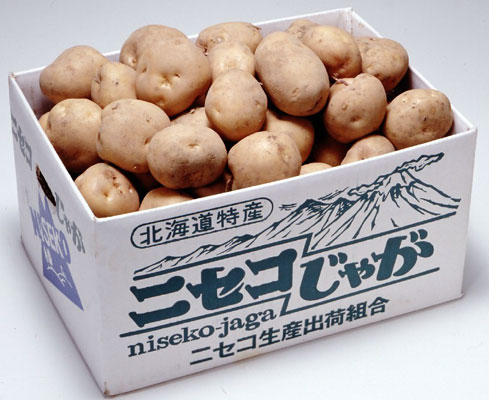
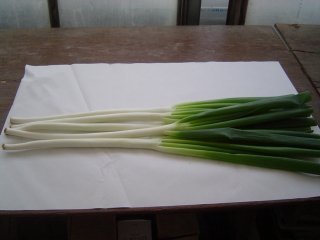
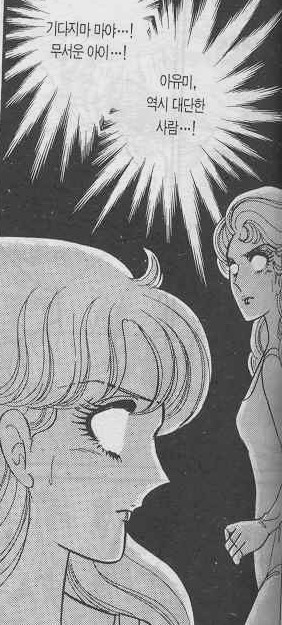
I thought hataraki mix got any relation to [url=http://www.mangaupdates.com/series.html?id=1913]Hataraki Man [/url]. Haven't checked it out though ^_^
Though I haven't read that manga, looking from the cover page title, it's the same "Hataraki" used as "working."
so literally it would be "working man" ;)
근데 저보다는 좀 더 정확한 소스를 링크하시는것이 날듯 한데 말이죠. ;)